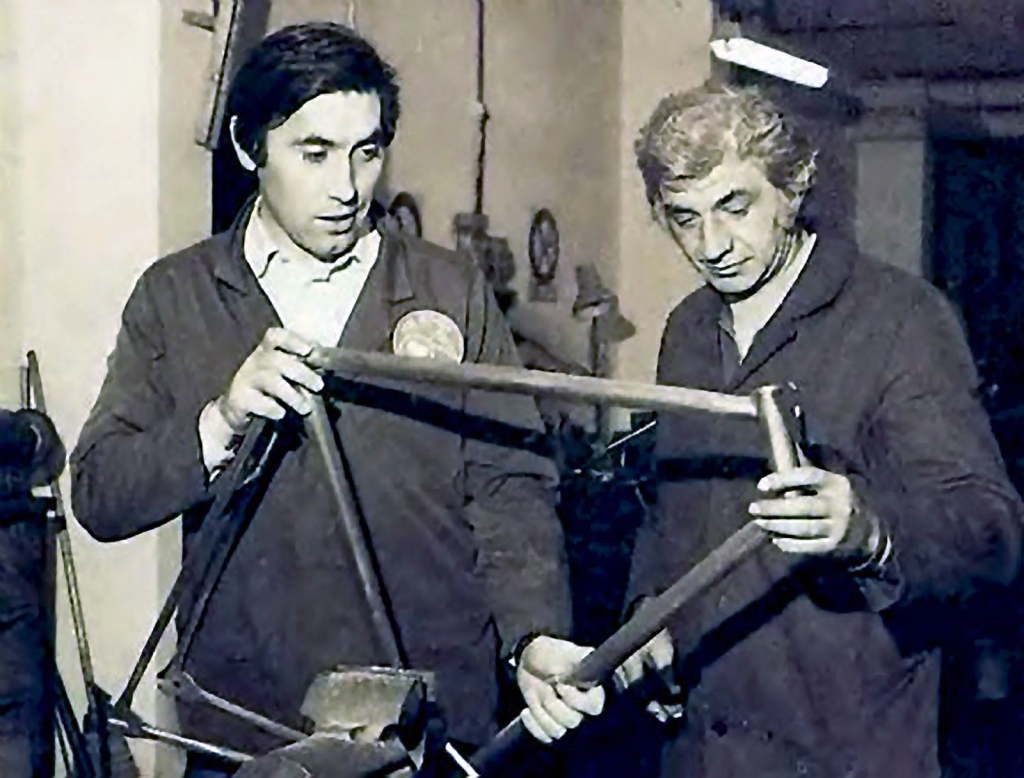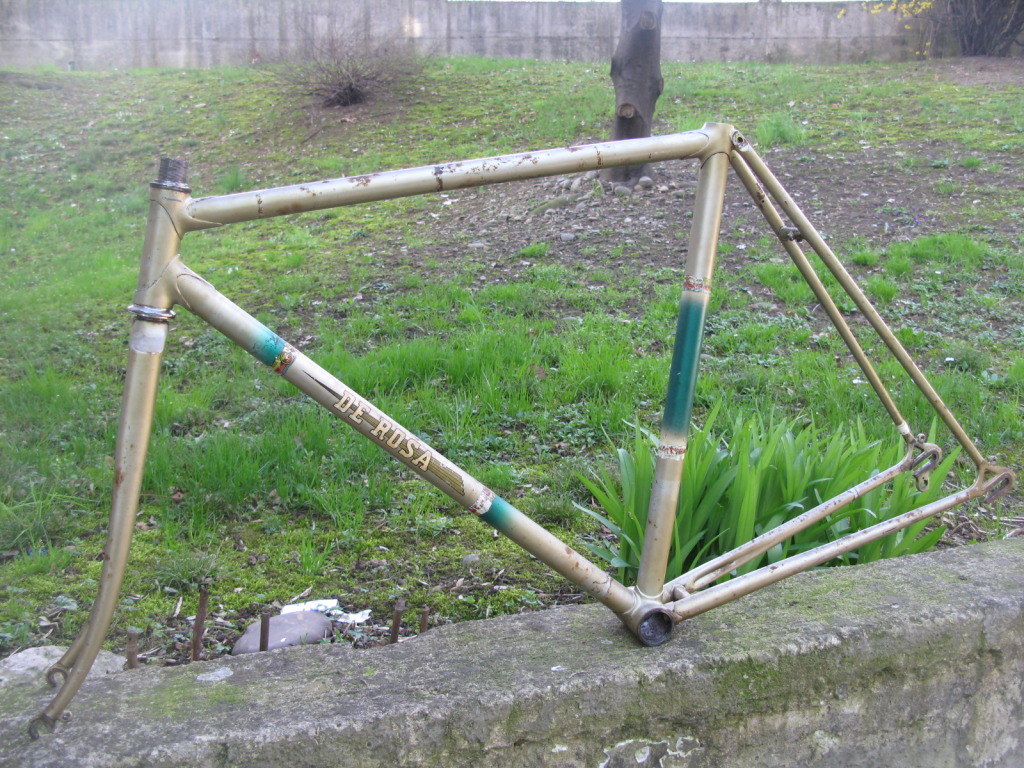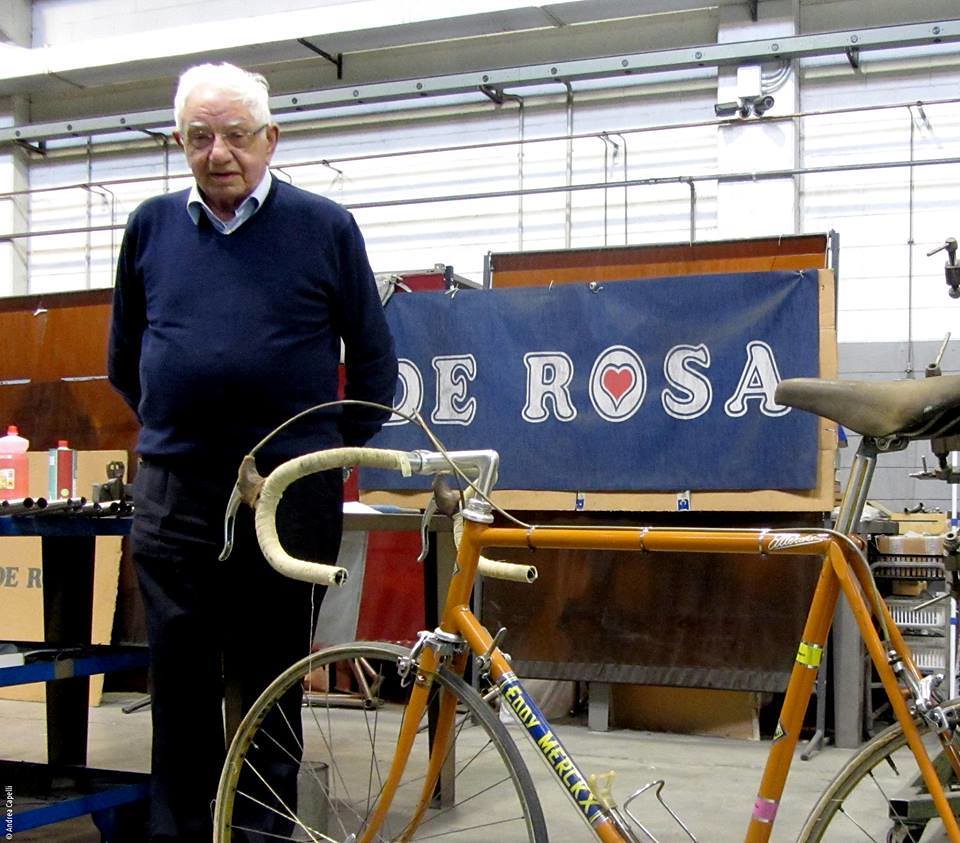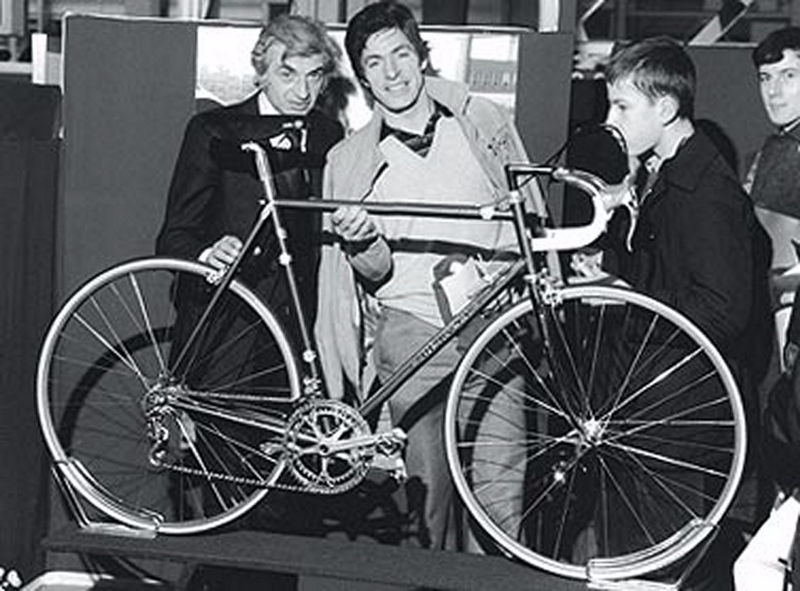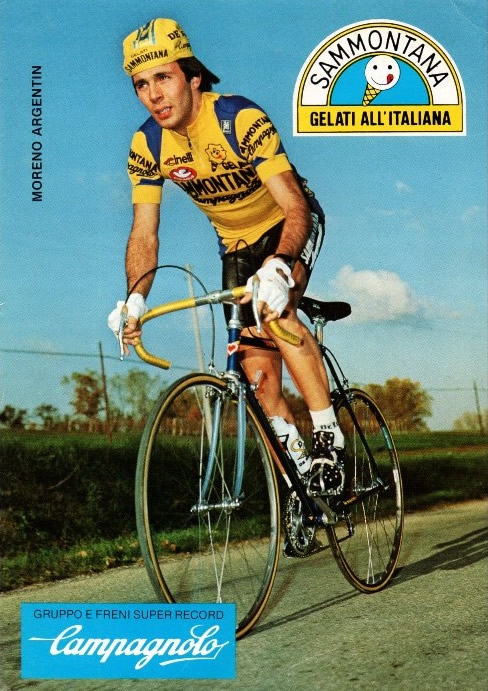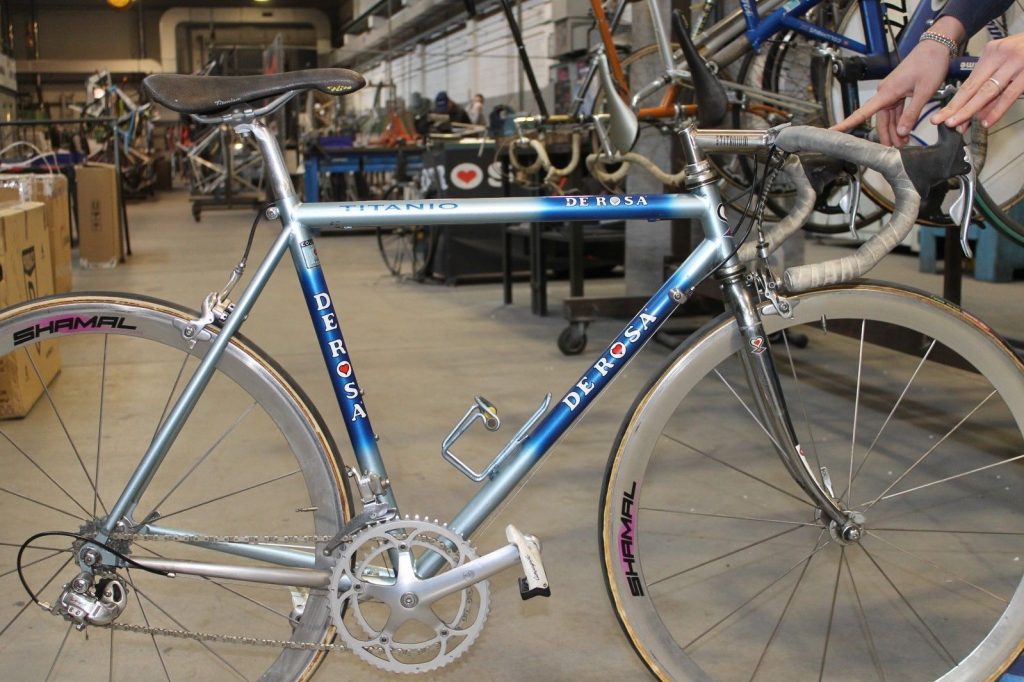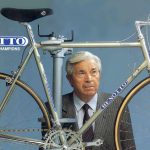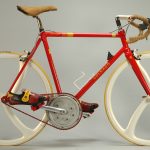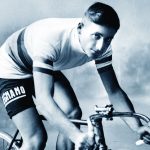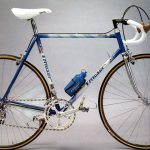De Rosa, together with Colnago, Pinarello, Cinelli, Willier Triestina, Bianchi,… is one of the many mythical bicycle brands that Italy still has. It will forever be associated with the name of Eddy Merckx for whom Ugo De Rosa has built dozens of bicycles during his career and beyond.
After all, it was Ugo De Rosa who encouraged Eddy Merckx to open his own bicycle factory after his career.
1953: the emergence of De Rosa
Born on January 27, 1934, Ugo De Rosa's career begins in the bicycle shop of his relative Filippo Fasci, where he learns the tricks of the trade. Just like his fellow bicycle repairers Colnago, Pinarello,… Ugo also tries to make it happen as a cyclist. He becomes an amateur, but at the age of 18 he thinks the time is right to start his own company.
It's the year 1953 and the brand De Rosa is a fact. It is the initial period after the Second World War when other well-known bicycle brands were created: Cinelli in 1948, Colnago in 1954, Pinarello in 1952.
The bicycle frames that Ugo makes are geometrically innovative and interest is rapidly growing. More and more riders want to ride a bicycle from Ugo De Rosa. In 1958, on the Vigorelli track in Milan, Ugo lends a bike to Raphael Geminiani who is so impressed that he asks Ugo to build him a bike for the upcoming Giro d'Italia. This coincidence immediately opens the door to professional cycling.
1960 - 1970: De Rosa's breakthrough
The first professional riders to ride a De Rosa bicycle are the Spaniards Soler and Suarez who ride for the Faema team. We are in the early 60s and Ugo De Rosa becomes the personal mechanic of the emperor of Herentals, Rik Van Looy. Ugo is always ready for Rik and follows him everywhere.
In the following decades, more and more amateurs and professional cyclists choose De Rosa. In 1964 Ugo supplies the bicycles to the IBAC cycling team and from 1967 he builds the frames for Gastone Nencini's Max Meyer team.
In 69, the collaboration with Gianni Motta and team Sanson starts and lasts until the end of his career, the same for Eddy Merckx.
1970 - 80: Eddy Merckx's bicycles
In 1973 a professional team rides for the first time with De Rosa bicycles with the logo in heart shape. It is the G.B.C. by sporting director Zandegù including Panizza, Francioni and Turrini.
Ugo De Rosa continues to build frames for various professional cyclists and from 1973 to 1978 (year in which Eddy Merckx stops cycling) he becomes Eddy Merckx's personal mechanic and frame builder. A close friendship with mutual respect develops between the 2. Eddy Merckx is very demanding and his drive for perfection helps Ugo De Rosa how to optimize his frames.
The story goes that Eddy was a bit angry on Ugo because he supposed that Ugo didn't want to build frames for him but this was based on a misunderstanding. Eddy had asked his teammate Gianni Motta to introduce him to Ugo De Rosa. Motta had never done this, however, so Eddy had interpreted that Ugo didn't want to build frames for him.
Ugo soon realized that Merckx was demanding. He had 5 frames built in 1 week for Paris Roubaix. From this he chose the best frame and with result because Merckx won Paris Roubaix 1973
In 1976 De Rosa makes the bikes for Francesco Moser with which he wins numerous competitions, including three Paris Roubaix. In the Giro d'Italia practically 80% of the riders ride a De Rosa, although not always marked with the heart logo.
The 80s: introduction of TIG welding
In 1986 TIG welding was introduced and the possibility to use tubes with different diameters allows Ugo De Rosa to have more fun and make even better frames to size, which he prefers to do and his philosophy is “None single rider is the same, so every frame is different ”.
In 1982 the sponsorship of the Sammontana cycling team starts with Moreno Argentin and Gianbattista Baronchelli. From 1985 to 1989 the cycling team Ariostea.
1993: titanium frames
In 1993 Ugo De Rosa decided to use the new material Titanium, just like its competitors. An expensive material that is hard like steel and light like aluminum but very difficult to machine.
The Gewiss - Ballan team with Argentin, Furlan, Berzin, Ugrumov rides titanium bikes and achieves victories in Milan Sanremo, Liège Bastogne Liège, the Flèche Wallonne, the Tour of Lombardy, the Giro d'Italia and stage victories in the Tour de France. Afterwards, the team was discredited for doping use.
1994: De Rosa experiments extensively with aluminum frames
In the early nineties aluminum made its appearance in the cycling world and Danilo De Rosa (one of the 3 sons of Ugo) noticed that there is a great urge among bicycle repairers and cyclists to apply and use this new material.
The frames are starting to reshape because the tubes must have larger sections to achieve the same stiffness and strength as the steel tubes. The typical “oversized tubes” come on the market that also allow to add more color and design to the frames.
De Rosa designs the frame Merak with which Casagrande finished second in the Giro d'Italia of 2000. Other successes were achieved by Pellizzotti, Caucchioli and in 2000 Romans Vainstein's became world champion on a Merak frame.
In the mid-1990s De Rosa builds frames in steel, titanium and aluminum. The front forks are made of carbon that is gradually making its appearance and will completely change the cycling world in the coming years.

